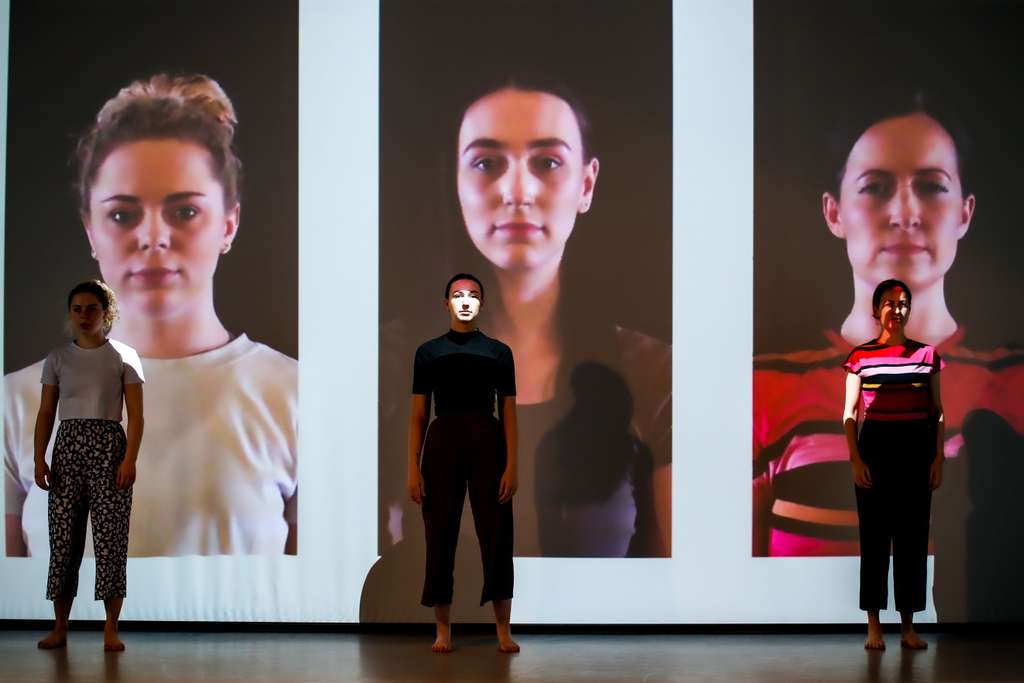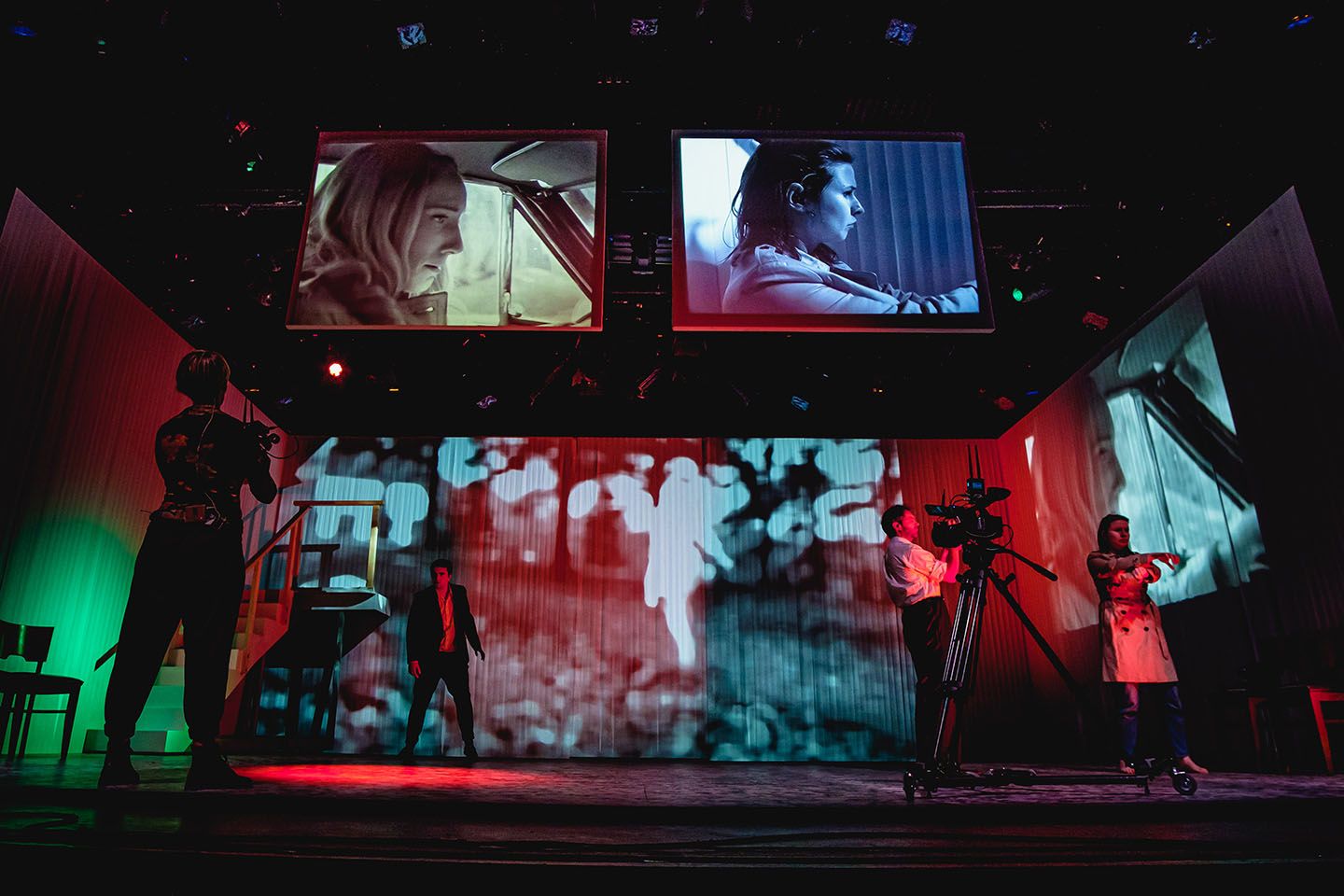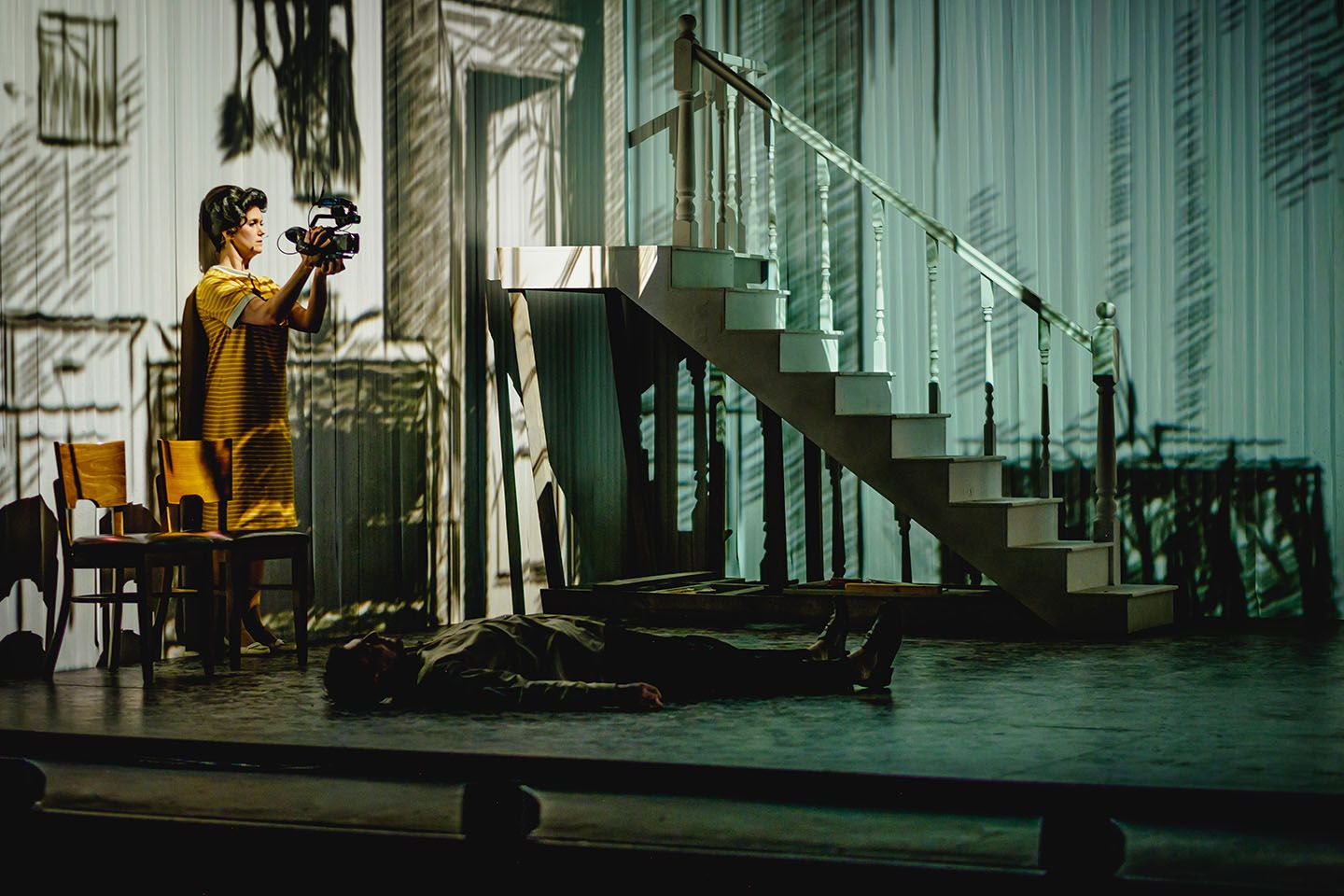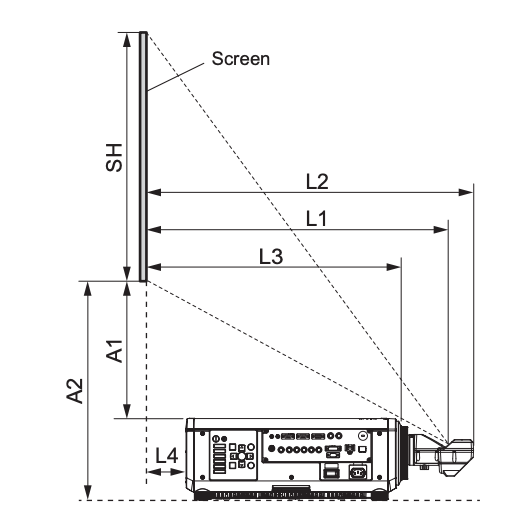Projector Advice for Your Humble Narrator (Mark)
-
no idea , but for the ref, In French version they say "votre humble serviteur" ... quite different ! ;-)
-
I would go for Laser projectors. We at ZHdK use Sony projectors the one that may be in their range could be this one:
Sony VPL-PHZ12 (5000 AnslLumen / LCD)Or an alternative are the Optomo ones but I don't know them personally:
Optoma ZH406 (4500 AnsiLumen / DLP)
Optoma ZH506e (5000 AnsiLumen / DLP)Best Michel
-
@mark said:
humble narrator
That would be an Anthony Burgess reference... and I won't say which book just to keep the competition alive a bit longer :-)
But I agree with Michel about Laser projectors: still more expensive initially than other sorts, but one of my friends - whose company does a lot of projection mapping installations - did a total cost of ownership calculation and reckoned they pay for themselves pretty quickly in terms of not having to replace bulbs which blow (esp in projectors which which get handled a lot) or lose their brightness over time. So a greater upfront cost, but much less ongoing cost.
Personally I also like the flexibility of a laser projector: you can use them on any angle, which for sure you can't do with an incandescent bulbed device. -
hi Mark
I would definitely go for laser as well! I like the profi (exchangeable lens) RZ series of Panasonic (this is laser-dlp-technik) but for instance Epson has laser projectors with lcd technik as well and also in the lower price/ansilumen range.... a good adress for refurbished (professional) projectors in Berlin is Rebeam (https://www.rebeam-shop.com)
best Bodo -
@mark @bodo beat me to it: Panasonic lasers are excellent, also currently I’m using BenQ laser projectors for an exhibition in portrait mode. These also feature corner Clockwork correction (see what I did there? ;-)). Important thing to consider: do you need exchangeable lenses? If not Panasonic also has a laser model with non-exchangeable zoom lens. It comes cheaper, reason I didn’t go for it was the lens. I need versatility.
rebeam is excellent for second-hand. -
Thanks for the advice, it's much appreciated. I posted this question on the Isadora User Group as well, and it seems pretty clear that Laser is the technology to choose.
The upward end of the budget per projector is about €1500 (arts institution, limited funding, etc.) so those Panasonics -- as nice as they are -- are way out of range. Has anyone had experience with the less expensive brands like Optoma, BenQ, or Maxwell or Viewsonic?
If you click this link you'll see a list of HD (1920x1080 or 1920x1200) projectors up to $2000. Don't know if any of you have thoughts about what you see in that list.
One other thing: this is going to be used in a live dance performance, and I find the fans on some projectors to be annoyingly loud -- especially in a smaller venue like Lake Studios with reflective walls.

Are the laser projectors quieter because they require less cooling?
Thanks for the help!
Best Wishes,
Mark -
It may not be so much of an issue if your projectors will be permanently rigged and cabled in the studio, but if you're going to buy projectors that will be regularly de-rigged, its worth checking that they have 2 x HDMI input. Most artists are going to be using HDMI to get from their Macs to the beamer, and I've found that the HDMI socket on a projector is often the first thing to break. Its good to know you have a spare. I look forward to the day when HDMI is replaced by something sensible.
-
@mark said:
Has anyone had experience with the less expensive brands like Optoma
I had good experiences with Optoma. But they were not laser...
-
Do you have any lens requirements ?
Looking at the picture of the space I would think very short throw machines could be practical, but I might be wrong, depending on the use.
I would also suggest laser, these machines are usually much more quiet than lamp based as they need much less cooling.
Best
Mehdi
-
@mark I could also recommend the epson range if on a budget . This is a 7000lumen version not laser ,but with admittedly with a super expensive short throw lens.

-
Hello Mark, I have used recently the laser ViewSonic LS900WU, 6000 lumens, on a 6 meters large projection with some additional light on stage, and was quite happy with the brightness and quality of image. And the noise was very reasonable. This model is unfortunately out of your budget ( aroud 3000€ in France ) but Viewsonic has some others in the same product line, with less luminosity of course, like the LS750 around 1700€ and 5000 lumens, that may be interesting. Also the LS700, in the list you mentionned, but even less powerfull...
-
@laurentr said:
ViewSonic
I recently used 3x Viewsonic 3000 Lumen short throws for rear projection (not laser) that toured with the show and had no problems.
-
Hello everyone,
Laser projectors are new light source technology compared with lamp projectors, but I might be wrong, the LCD or DLP picture matrix doesn't depend of this.
Does anyone know if the "rainbow" seen when you move your eyes on mono-DLP projectors is still present with laser technology ?
Best wishes.
Clement
-
We used Epson lasers on Night of the Living Dead. They were hires, really solid no complaints at all although fitting the superwide mirrored lenses was more of a faff than it is with the Panasonics.


On this show the three big walls were covered with 2x EB-L1715 (15k-SXGA) and 1x EB-L1755 (15k-WUXGA) - This range of Epsons are 3x LCD and are probably a bit bigger, more expensive and probably also noisier than you want for this job Mark, but we were really happy with them. I'd have no major concerns with them as a brand. The two screens overhead were our own old work horse Panasonic PT-D5700s, who's days are sadly numbered.
That said, I did work on an outdoor event a couple of years ago using Epsons to project on a building and we could not get the colour calibration to match in the projectors, the tell tail was how different they looked projecting onto the inside of the rain shutters in their temporary enclosure; when both projecting black there was one yellow/grey square on the shutter and one blue/grey. It was fine for that gig and we could adjust things a bit on the servers but I'd maybe want some kind of demonstration if I was in the kind of situation where you need precise, careful colour grading as it sounds, perhaps, you do. Those were obviously hires, out doors in a wet November, so it could have been many factors, but it's the only time I've ever had a problem with them.
-
@kathmandale this was the last live theatre I saw , amazing work . Hope to see more again in real life.
-
@mark said:
thoughts about what you see in that list
Hi Mark,
Just a comment on the ultrashort throw projectors. I have used an epson ultrashort throw previously and, like the Epson in your list, they specify a maximum diagonal image size of 120". However, we did create a much larger image by physically moving the projector further away from the projection surface. What it is doing then is potentially shifting what can be focussed and the longer throw distance for a larger image appears to then have softer edges and focus across the entire image is harder to attain. These short-throw projectors are fixed lens without zoom as, I recall, so they become quite limited in terms of flexible options for placement etc.
Besides those limitations the possibility of running the projector in tight spaces can be ideal.
Projectors with interchangeable lenses are great, but outside your price range. In addition the ultra short throw lens for the interchangeable projector can easily be a cost greater than the projector itself.
Best Wishes
Russell
-
@n-jones Thank you, that's great to hear. Not that it was the last thing you saw, that bit's obviously rubbish.
We'll be back out soon though, new show is brewing... come say 'Hi' when we are.
-
@bonemap I'd agree with all Russell says here. The other thing to watch out for with the ultra-short-throws is that they often have quite a large 'pitch', so if you place the projector on the floor it will project an image 'up' on to the wall; it's hard (or impossible) to get an image to reach the bottom of the wall because the angle of the mirrored lens has to shoot back past the body of the projector itself. Obviously if you are rigging/mounting it over head this is reversed and the image shoots 'down' leaving a gap at the top. This is a pain if, for example, you want to fill a wall with an image from floor to ceiling. Because of the extreme optics, as soon as you angle the projector off the horizontal things get messy quickly with the huge amount of keystone needed. Just something to watch out for and it obviously varies massively between makes/models especially at the budget/mid range prices.
Even with the top end kit it's an issue: the massively popular Panasonic DLE030/DLE035 lenses for the single-chip projectors have a huge pitch, dims A1/A2 in this diagram. The top-of-the-range D75LE95s for the three-chip monsters are slightly better, but it's still an issue. This can sometimes be even more a problem with flying cradles etc that make the body of the projector bigger and get in the way of the beam.

The Epsons mentioned above have a really clever lens, the EP-LX02 that looks like a periscope and bends back round under/over the body of the projector so you get a more traditional 'flat' projection without the pitch. It's probably the one department where the Epsons outperform the Panasonics in my opinion. They're very expensive though; looking forward to when that style of lens trickles down to the cheaper models, as it no doubt will at some point. There may well be some cheaper classroom 'whiteboard' style projectors that already do this.
On the wide but not crazy-wide side you can get projectors with a fitted lens that has a bit of a zoom for some flexibility. I just did a gallery install with a pair of BenQ W1210STs, they had a 0.69-0.83:1 zoom and did a lovely job, they're only 2k lumen but it was a very dark room.